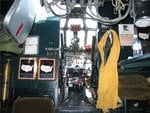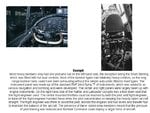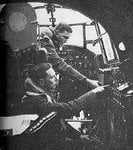FLYBOYJ
"THE GREAT GAZOO"
Nonskimmer said:If I remember correctly, early Lancasters (I forget the mark) did carry two pilots with dual flight controls, but the second pilot was soon deemed unnecessary. At least that was the official reasoning.
Yep - I remember reading the same thing - shame





